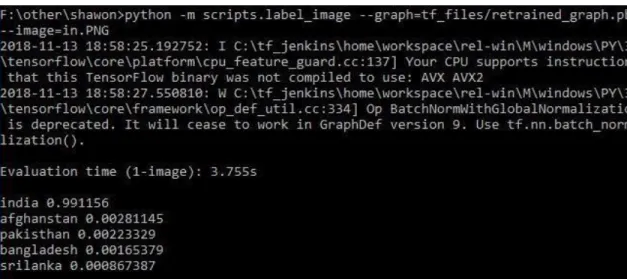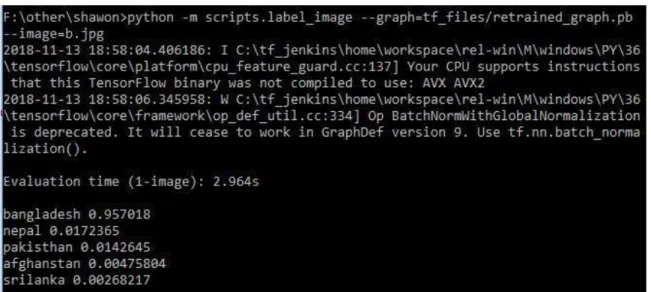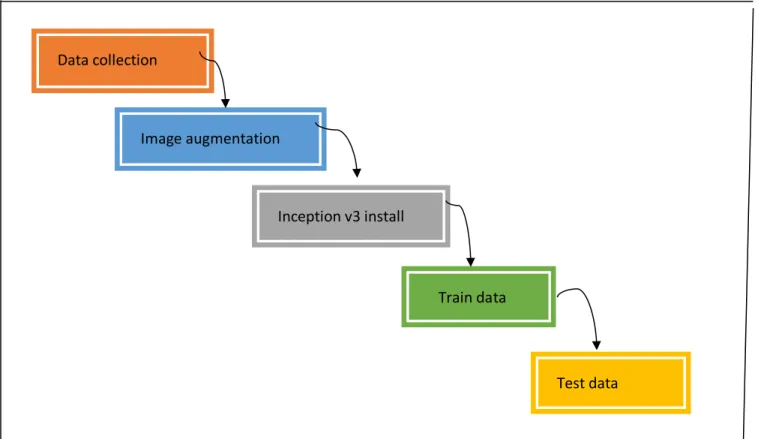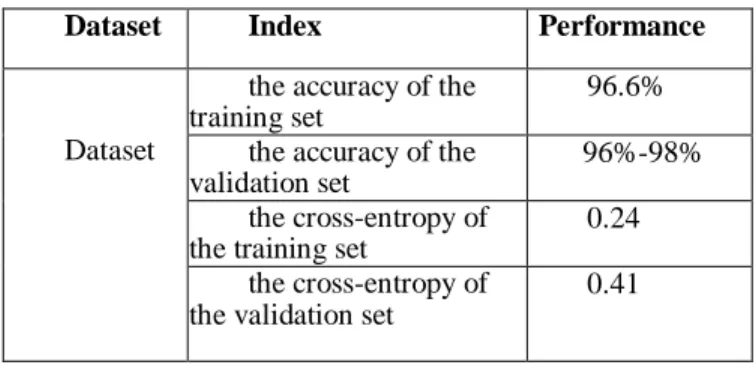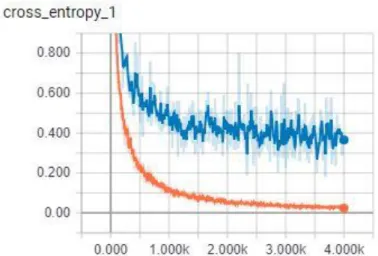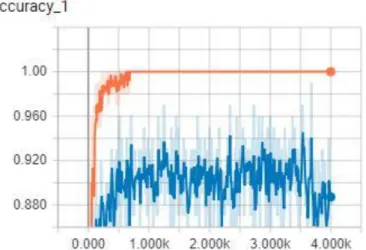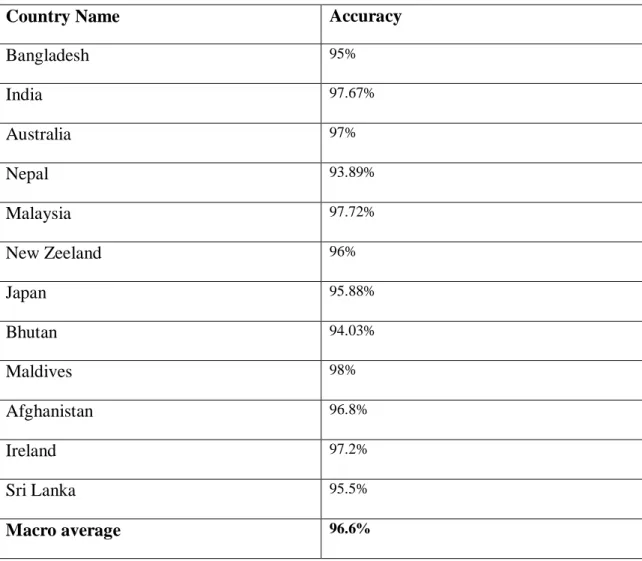The thesis entitled “NATIONAL FLAG RECOGNITION USING CNN” submitted by Sazzad Mahamd and Salma Siddika and Nusrat Sony at the Department of Computer Science and Engineering, Daffodil International University, has been accepted as partial fulfillment of the requirement for the degree of B.Sc. We hereby declare that this project was carried out by us under the supervision of Md. This thesis entitled “NATIONAL FLAG RECOGNITION USING CNN” submitted by Sazzad Mahamd, Salma Siddika and Nusrat jahan Sony Department of Computer Science and Engineering, Daffodil International University, has been accepted as satisfactory towards partial fulfillment of the requirements for the degree of B.Sc.
Syed Akhter Hossain, and Head of Department of Computer Science and Engineering, for his kind help to complete our project and also to other faculty members and staff of CSE department of Daffodil International University. We would like to thank all our course fellow at Daffodil International University who participated in this discussion during the completion of the course work. The present work suggests a procedure for recognizing national flags for SAARC countries for their digital image.
Arithmetic structures are extracted from the color stations that are concatenated together to create the feature vector for distinguishing the national flag. For low accuracy, time consumption and very slow performance, we use CNN classification on the recognized national flag of all countries of the world. Although the advancements and vivid application of Artificial Intelligence and Computer Vision in various national flags of all countries around the world, there is little effort in the application of computer vision recognition.
With an aim to successfully apply computer vision techniques to predict a country name based on the image of the national flag.
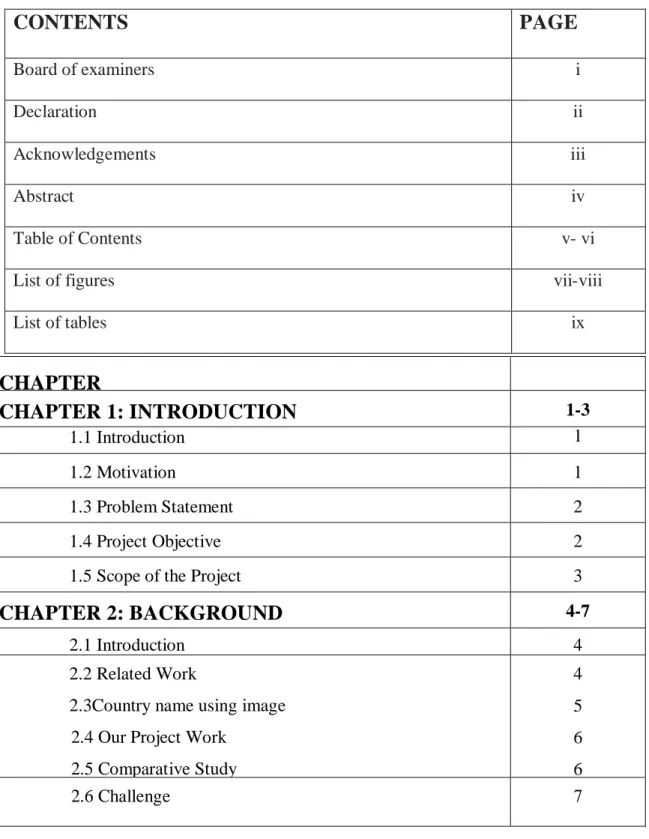
INTRODUCTION 1.1 Introduction
Motivation
We know that our national flag recognizer will help us to find the national flag of all countries of the world. They want to stay online, but they don't want to know about the nationality and national flag. For all these reasons, young people can save their valuable time without browsing, they know about the name of the national flag of all countries of the world.
Project Objective
The best scope of the project is that we create an image processing model where people from all countries of the world can easily find the name of the country through the image of the national flag. We also collect data of national flag image of all countries and try to make an identification like an Android application. In the near future we will take about 40,000 images of all countries of the world and try to increase the accuracy.
Establishing new data and information, if we see any type of change in our image processing algorithm from start v3 using CNN. In the near future we will take image of all countries of the world and our classifier will sing the song of the national flag of the country it belongs to.
2.1 Introduction
- Related Work
- Country Name By Using Image
- Comparative Studies
Here, we used the knowledge method TensorFlow to retrain the "Inception-v3 [8]" model of Tensor Flow [1] for the dataset of 195 countries [Bangladesh, India, Pakistan, Nepal, Bhutan, Maldives, Sri Lanka, Afghanistan, and then one like all the countries of the world]. The paper is organized in the way Details Convolutional Neural Network (CNN) and Incptionv3 model. Finally, consolation and some future action options are described in section VI and section VII.
It is very complete help for people of non-SAARC countries, also with our research work here missing, we also need to build national flag identifier. But in our image processing algorithm we use the Inception-v3 [8] model of Tensor Flow [1]. If we search for it in Google, we will see that there is a classifier, but there are many deficiencies.
Whenever anyone wants to publish any research or thesis, he or she has to face different types of challenges and obstacles. As in this situation, our thesis has some different types of challenges, and also obstacles.
Requirement Specification 3.1. Our classifier accuracy
Functional Requirement
From our classifier's point of view, the classifier has several useful requirements like maintaining datasets like installing inception v3.
Non-functional Requirement
4.1 Background study
It is very difficult for us to train it right with a little organized computer, it can take at least a few days to train them. Tensor Flow [1] gives us a lesson to retrain the Inception Final Layer for new sets using transfer learning. In the methodology section, the rest is as follows, first, we make a graph [12] of our experiment, after that, we give a simple summary on the data set, again we give about the data they present, then we discuss about the installation of the model, at the end, we present about the train model.

Implementation Requirements 4.4 Model installation
Dataset
Data preprocessing
Implementation and Testing 5.1 Train model
Implementation of Python Code
Test report is necessary to reflect the result of testing the application in a formal way, which allows to quickly estimate the result of testing. It is a document that records data obtained from a certain experiment in an organizational way, describes the classifier, showing the comparison of test results with goals, which are so important for all types of classifier.
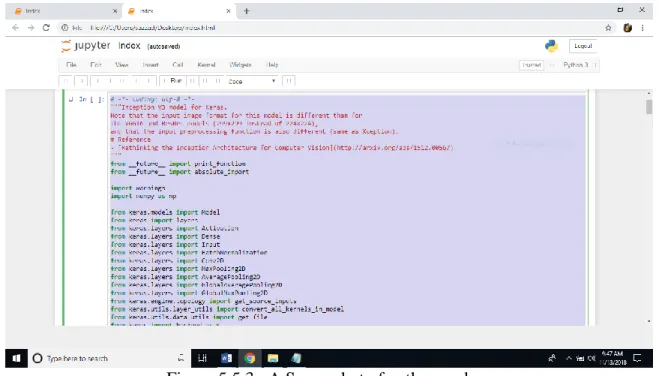
CONCLUSION AND FUTURE SCOPE
Discussion and Conclusion
Limitations of Our work
Scope of our future work
2]Eduardo Hart, Sung-Hyuk Cha, Charles Tappert, “Interactive Flag Identification Using a Fuzzy-Neural Technique,” Proceedings of Student/Faculty Research Day, CSIS, Pace University, May 7, 2004. Tripathi, “Relative Subimage Based on features for leaf recognition using support vector machine”, ICCCS'11, February Rourkela, Odisha, India.
Appendix A: Data set of some countries national flag
Appendix B: Data set of some countries national flag

